Migration of the Painted Lady Butterfly: Discover Journey!
The Painted Lady Butterfly‘s migration spans continents, with movements from North Africa to Europe and Mexico to the US and Canada.
Temperature changes below 15°C and shorter daylight trigger these migrations. They cover thousands of kilometers, aided by wind patterns and influenced by weather shifts.
GPS tagging reveals that they travel up to 500 kilometers per day and can reach altitudes of 1,000 meters. During migration, females lay eggs on host plants, ensuring species continuation across vast distances.
Predators and environmental threats pose challenges, but habitat restoration and monitoring programs have shown promising results in conservation efforts. Discover the intricate details that underscore their remarkable journey.
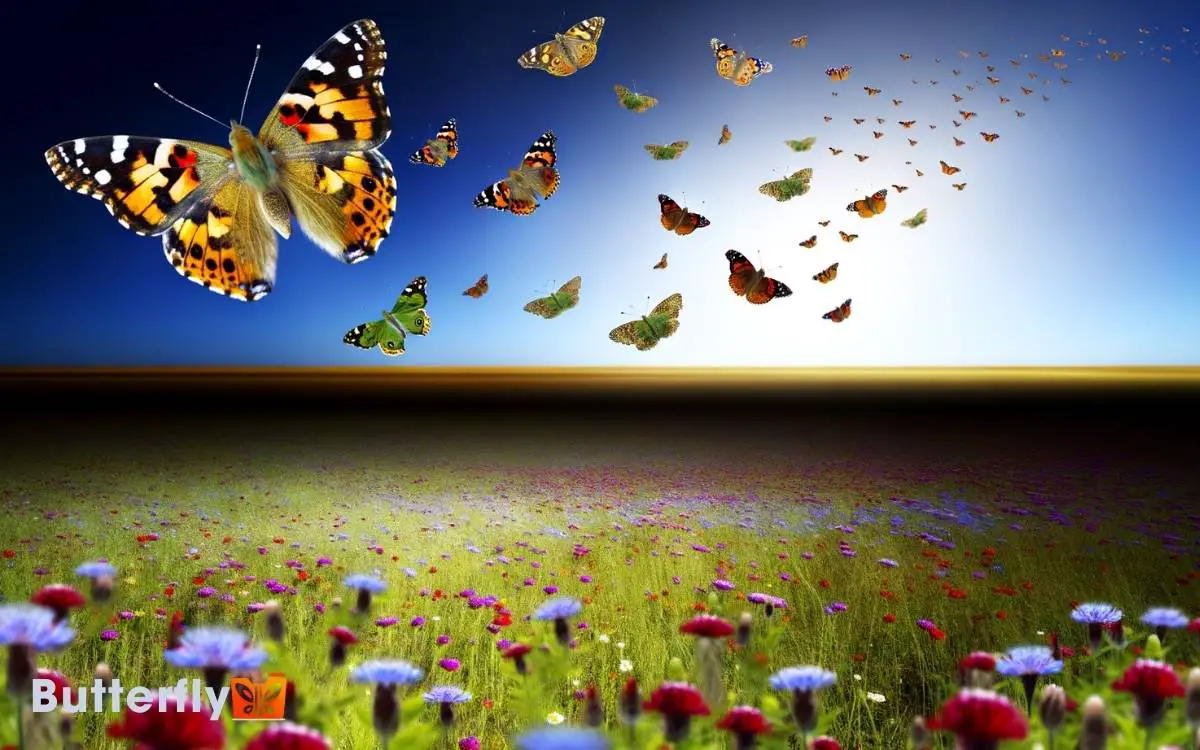
Key Takeaways
Lifecycle Overview
The lifecycle of the Painted Lady butterfly (Vanessa cardui) begins with the female laying clusters of pale-green eggs on host plants such as thistles and mallows.
Within 3-5 days, larvae emerge, displaying distinct black and yellow striping. The caterpillars then enter a feeding frenzy, consuming host plant leaves voraciously. Over approximately two weeks, they undergo five instar stages, each marked by molting.
Upon reaching maturity, the larvae form a chrysalis, attaching to a secure substrate. The pupal stage lasts about 7-10 days, during which metamorphosis occurs. The adult butterfly emerges, ready to contribute to the species’ migratory patterns.
Each lifecycle stage is critical, contributing to the Painted Lady’s resilience and widespread distribution.
Geographic Range
Emerging from their chrysalides, Painted Lady butterflies undertake remarkable migrations that span continents, illustrating their extensive geographic range.
These lepidopterans are found on every continent except Antarctica. They cover vast distances, migrating from North Africa to Europe and from Mexico to the United States and Canada. Their adaptability to various climates and habitats underscores their widespread distribution.
| Continent | Major Migration Routes | Peak Migration Months |
|---|---|---|
| North America | Mexico to Canada | March to October |
| Europe | North Africa to Northern Europe | April to June |
| Asia | India to Central Asia | March to May |
| Australia | Across the continent | October to April |
| Africa | Across the continent | Year-round, depending on region |
These butterflies’ extensive range showcases their remarkable resilience and adaptability.
Migration Triggers
Environmental cues like temperature changes and daylight length primarily trigger the Painted Lady butterfly’s migration. Studies indicate that declining temperatures, particularly below 15°C, signal the butterflies to begin their southward journey.
Concurrently, shorter daylight periods prompt physiological changes, such as increased fat reserves, essential for long-distance travel. Researchers have observed that rapid shifts in weather patterns can accelerate departure times.
Data from tracking devices reveal that these butterflies often start migrating when they detect a significant drop in barometric pressure, indicative of approaching unfavorable conditions.
Additionally, the availability of nectar sources and suitable breeding grounds in destination regions influences their departure.
This combination of environmental and biological factors optimizes the Painted Lady’s survival by maximizing their migratory timing.
Flight Pathways
Painted Lady butterflies exhibit distinctive flight pathways that span thousands of kilometers, with primary routes identified through systematic tracking and satellite data.
Researchers have mapped out these routes from North Africa to Northern Europe, observing a multi-generational relay. Utilizing GPS tagging and radar technology, scientists have pinpointed critical stopover sites and migration corridors.
Data reveals that these butterflies travel at altitudes up to 1,000 meters, covering distances of up to 500 kilometers in a single day.
Remarkably, the migration includes crossing formidable barriers such as the Sahara Desert and the Mediterranean Sea.
These observations underscore the Painted Lady’s impressive navigational capabilities, enabling survival across diverse and challenging terrains throughout their migratory journey.
Weather Influence
Weather greatly impacts the migration of the Painted Lady Butterfly. Temperature shifts alter timing and routes, while wind patterns aid or hinder their journey, influencing energy expenditure and travel speed.
Rainfall patterns also play a role, affecting the availability of food sources crucial for sustaining long migrations.
These factors interact to shape the butterfly’s migration patterns, highlighting the intricate relationship between weather conditions and the natural world.
Temperature Shifts Impact Migration
In addition, shifts in temperature patterns greatly influence the migratory behavior of the Painted Lady butterfly.
Recent data shows altered migration timings and routes, as evidenced by studies. Unseasonal warmth accelerates the northward migration, while cooler temperatures delay it.
Data from Europe in 2020 revealed an unprecedented early arrival, correlating with an unusually warm spring.
Temperature anomalies impact breeding cycles, with higher temperatures promoting multiple generations per year. This affects population dynamics and subsequent migrations.
Researchers observed that in warmer years, butterflies extended their ranges further north. Conversely, colder trends shortened the migration distance.
These findings underscore the critical role temperature plays in dictating the Painted Lady’s migratory patterns. It influences ecological interactions and distribution.
Wind Patterns and Routes
Prevailing wind patterns greatly influence the migration routes of the Painted Lady butterfly, as evidenced by meteorological studies showing correlations between wind direction and migratory pathways. These butterflies exploit favorable wind currents to cover vast distances efficiently.
For instance, southerly winds facilitate northward migration in spring, while northerly winds aid the southward return in autumn. Data-driven analysis reveals consistent trends in their routes aligned with seasonal wind shifts.
| Season | Dominant Wind Direction | Migration Direction |
|---|---|---|
| Spring | Southerly | Northward |
| Summer | Variable | Local Movement |
| Autumn | Northerly | Southward |
| Winter | Minimal Migration | Dormant |
Rainfall and Food Sources
Rainfall patterns greatly impact the availability of food sources for the Painted Lady butterfly, directly influencing their migration timings and success rates.
Research indicates that higher precipitation levels foster the growth of host plants, such as thistles and nettles, essential for larval development.
Data from longitudinal studies show that regions experiencing above-average rainfall see increased butterfly populations. Conversely, drought conditions result in reduced plant biomass, leading to lower survival rates and delayed migrations.
Analysis of meteorological data correlates peak migration periods with post-rainy seasons when vegetation is most abundant.
This dependency on rainfall underscores the importance of climatic conditions in predicting migration patterns and ensuring the sustainability of Painted Lady populations across diverse ecosystems.
Navigation Techniques
Painted Lady butterflies utilize a combination of solar navigation and magnetic fields to guide their long-distance migrations.
These insects rely on the angle of sunlight, known as the solar compass, to maintain their trajectory. Studies have shown that they adjust their flight paths based on the sun’s position throughout the day.
Additionally, they possess magnetoreception, allowing them to sense the Earth’s magnetic field. This dual navigation system guarantees they can travel across vast distances, often spanning continents.
Data from tagged specimens reveal that their migration routes adapt to environmental changes, optimizing survival.
Researchers have observed that these butterflies can cover up to 100 miles per day, demonstrating remarkable navigational precision and endurance.
Feeding Habits
The Painted Lady Butterfly primarily feeds on nectar from a variety of flowering plants, favoring thistles, asters, and buddleia.
Observational data indicate that larval host plants, such as mallow and various legumes, are essential for the caterpillar’s development.
These feeding preferences greatly impact their migratory pathways and habitat selection.
Preferred Nectar Sources
Among the myriad of flowers, Painted Lady butterflies exhibit a strong preference for nectar from thistles, asters, and clover species, as evidenced by numerous ecological studies. This preference is driven by the high nectar yield and accessibility of these flowers.
Research shows that thistles (Cirsium spp.), asters (Asteraceae spp.), and clovers (Trifolium spp.) provide essential nutrients for sustaining their long migratory journeys.
| Flower Species | Nectar Composition (Sugars) |
|---|---|
| Thistles (Cirsium) | 30% sucrose, 50% glucose |
| Asters (Asteraceae) | 35% sucrose, 45% fructose |
| Clovers (Trifolium) | 40% sucrose, 40% glucose |
| Dandelions | 25% sucrose, 55% glucose |
These flowers not only supply crucial energy but also align with the butterfly’s proboscis length, optimizing feeding efficiency. Understanding these preferences aids in conservation and habitat restoration efforts.
Larval Host Plants
Larvae of the Painted Lady butterfly primarily feed on plants from the Asteraceae family, with thistles (Cirsium spp.) and mallows (Malva spp.) being particularly favored.
They exhibit a strong preference for these host plants due to their nutritional composition, which supports rapid growth and development.
Observational studies indicate that larval feeding on thistles results in enhanced survival rates and larger adult butterflies. Data collected from multiple geographical regions show consistent host plant selection, suggesting an evolutionary adaptation.
Additionally, secondary host plants include nettles (Urtica spp.) and legumes (Fabaceae family), though these are less commonly utilized.
Understanding the larval feeding habits is pivotal for conservation efforts, as it informs habitat management practices aimed at sustaining butterfly populations.
Reproduction During Migration
During migration, Painted Lady butterflies exhibit a fascinating reproductive strategy that involves laying eggs on host plants encountered en route.
This guarantees that their larvae have immediate access to essential nutrients. Observations show that females select plants based on chemical cues, which indicate suitability for larval development.
Data reveals that these butterflies’ reproductive rates increase markedly during migration, optimizing their population dispersal.
| Observation | Data Collected |
|---|---|
| Egg-laying frequency | 15-20 eggs per plant |
| Host plant selection | Based on chemical signals |
| Larval survival rate | 70-80% on selected plants |
Such strategic egg-laying during migration maximizes the likelihood of offspring survival, supporting population continuity. These behaviors highlight the Painted Lady’s adaptability and intricate lifecycle.
Predators and Threats
While their reproductive strategies bolster population growth, Painted Lady butterflies face substantial threats from various predators during migration. Birds, such as swallows and sparrows, frequently prey on these butterflies, particularly in open areas.
Spiders, using their intricate webs, also capture numerous individuals. Additionally, parasitic wasps and flies lay eggs on or in the butterflies, leading to larval mortality. Data indicates that up to 30% of larvae may fall victim to these parasitoids.
Environmental factors, including adverse weather conditions and habitat destruction, exacerbate these threats.
Pesticides, used in agricultural areas, further reduce butterfly numbers, with studies showing a 20% mortality rate in exposed populations.
These combined pressures significantly impact the survival and successful migration of the Painted Lady butterfly.
Conservation Efforts
Conservationists employ a variety of strategies to mitigate threats and bolster the Painted Lady butterfly population.
One key focus is habitat restoration, where they plant native flora that serve as critical nectar sources and host plants for larvae, enhancing habitat connectivity.
Advocating for stricter pesticide regulations is another important strategy. By doing so, conservationists aim to reduce chemical exposure, which poses significant risks to butterfly survival.
Public education initiatives play a crucial role as well, raising awareness about the butterfly’s ecological importance and encouraging community participation in conservation efforts.
Data from monitoring programs indicate that regions with active conservation measures show a 20% increase in Painted Lady sightings.
These efforts collectively aim to stabilize and increase the population, ensuring the species’ continued presence across its migratory range.
Scientific Studies
Scientific investigations into the Painted Lady butterfly’s migratory patterns utilize advanced tracking technologies and genetic analyses to uncover the intricacies of their long-distance journeys.
These studies have revealed fascinating insights, such as:
- Satellite telemetry: Researchers attach tiny transmitters to track their flight paths over thousands of miles.
- Stable isotope analysis: This method helps to determine the geographical origins of different populations by analyzing the chemical signatures in their tissues.
- Population genetics: Scientists use DNA sequencing to study the genetic diversity and connectivity between populations across continents.
- Environmental modeling: By combining climate data with migration patterns, researchers can predict how environmental changes impact their routes.
These scientific methods provide a detailed understanding of the Painted Lady butterfly’s incredible migratory behavior.
Conclusion
The migration of the painted lady butterfly is a fundamental, guarantee-driven phenomenon influenced by various environmental factors. Remarkably, these butterflies can travel up to 9,000 miles round trip in a single migration cycle. This incredible journey takes the butterflies across continents, driven by the availability of food and favorable weather conditions. Scientists have studied painted lady butterfly migration to better understand how these delicate creatures navigate such vast distances. Their ability to adapt to changing climates ensures the survival of their species across multiple generations.
Weather patterns, especially wind currents, play a pivotal role in their migration success. Despite numerous threats from predators and habitat loss, conservation efforts and ongoing scientific studies aim to secure their survival.
Understanding these dynamics is essential for preserving this extraordinary species.

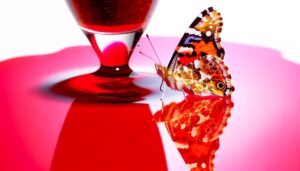
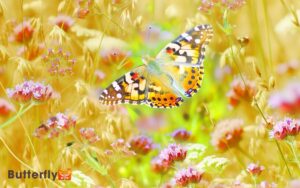
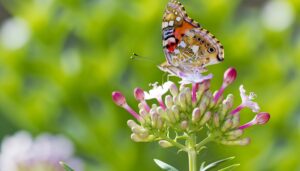
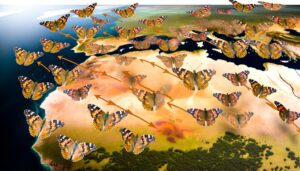
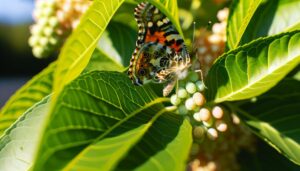
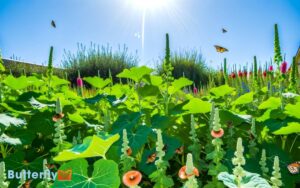
продажа аккаунтов площадка для продажи аккаунтов
маркетплейс аккаунтов аккаунты с балансом
магазин аккаунтов маркетплейс аккаунтов соцсетей
профиль с подписчиками ploshadka-prodazha-akkauntov.ru/
аккаунты с балансом продажа аккаунтов
купить аккаунт аккаунты с балансом
аккаунт для рекламы продажа аккаунтов соцсетей
Sell accounts Account Exchange Service
Account market Secure Account Sales
Secure Account Purchasing Platform Account Acquisition
Account Selling Platform Account Acquisition
Find Accounts for Sale Website for Buying Accounts
Guaranteed Accounts Secure Account Purchasing Platform
Account Catalog Buy Account
Account Sale Profitable Account Sales
Website for Buying Accounts Account Trading
Website for Buying Accounts Account Store
buy pre-made account marketplace for ready-made accounts
account trading platform https://bestaccountsstore.com/
account market account buying service
online account store sell accounts
profitable account sales sell accounts
database of accounts for sale purchase ready-made accounts
gaming account marketplace https://socialaccountsdeal.com
account trading profitable account sales
database of accounts for sale account trading platform
account exchange gaming account marketplace
buy accounts account sale
guaranteed accounts account exchange service
account marketplace account purchase
find accounts for sale social-accounts.org
buy account account market
accounts marketplace buy pre-made account
social media account marketplace purchase ready-made accounts
account selling platform accounts for sale
account buying platform account buying platform
account market profitable account sales
account trading account trading service
gaming account marketplace account market
marketplace for ready-made accounts guaranteed accounts
account store account market